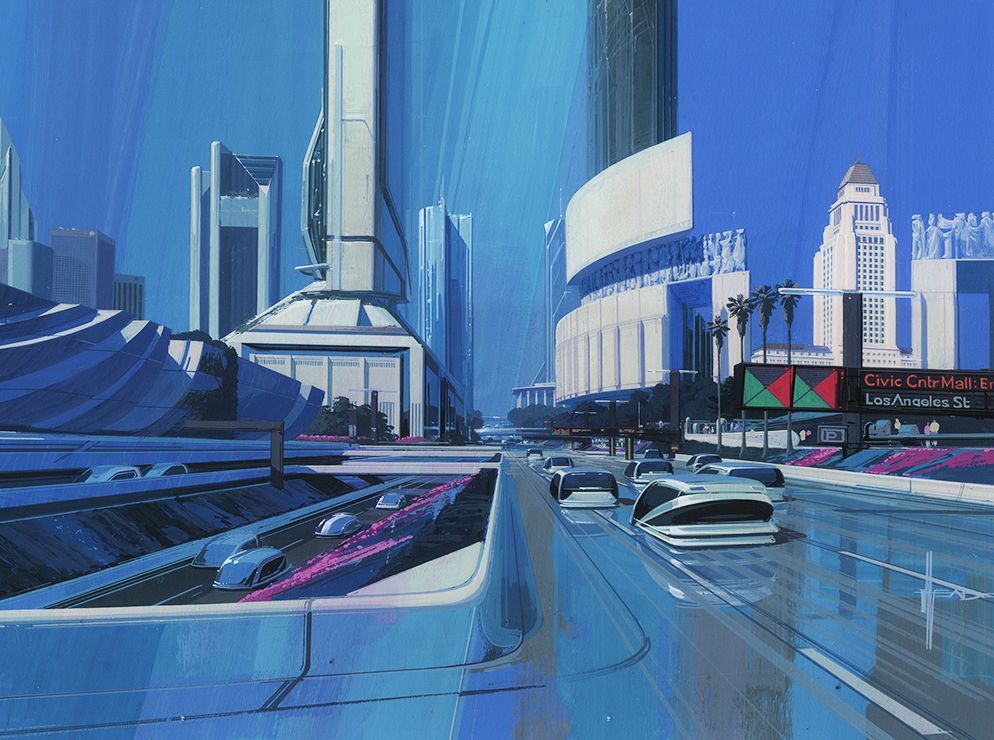We have already written about how the possible change of the roles of global supply chains could affect the possibilities and needs related to local design and production. For creatives, staying home (although in fact, the majority of people probably only share their valuable thoughts more frequently on social media) could also mean a blessing besides the curse. The new situation can bring new habits, and the new challenges can result in new ideas for us, so at the end of the day (or rather month), this period could actually bring about something of value.
From economical through health care to environmental issues, the new global challenges require new solutions. This crisis painfully points out what Ross Douthat, author of the New York times writes in his book “The Decadent Society”. He doesn’t raise issues of morality or taste, but of paralyzed institutional systems, politics lacking will, harnessing creative energies and stranded innovation. If what we are talking about is not entirely clear, then let’s just take a look around: since the first flight of the iconic Jumbo Jet in 1969 and the first successful moon landing executed in the very same year, what large scale technological or design revolutions took place that bind all mankind together?
The majority of the answers off the top of our heads, such as the cell phones and digital cameras, the internet and smart technologies are, in fact, the results of this era, the military and space technology researches of the cold war, the same as almost anything else that surrounds us. In 1958, in the first scheduled Transatlantic flight of the jet era, the de Havilland Comet of the British Overseas Airways Corporation– which, by the way, was one of the most beautiful jets with a very severe construction flaw – reached London from New York in 6 hours and 12 minutes. The same as the aircrafts today.
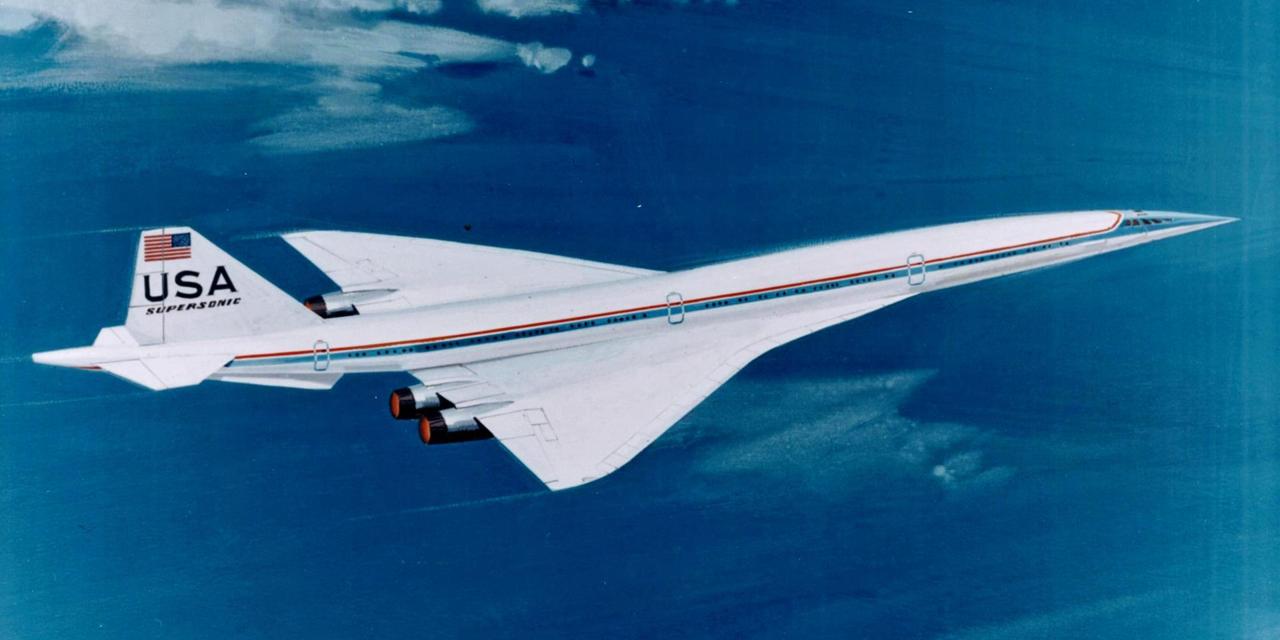
The waves of the rock thrown into the sea of innovation started to flatten and now they only reach the shores. If we’ve chosen aviation as a visual aid, let’s continue with it: this is how supersonic commercial aviation died off due to regulatory and market reasons. One could say that the slow loosening of institutional boundaries and the change of social needs brought the death of the SST and that Concorde only had a symbolic importance, too, but this only proves how we have turned from large symbolic goals and their everyday benefits to completely average welfare issues. Although I am personally not a huge fan of Elon Musk, it would be a shame to deny his refreshing attitude towards ambitious development.
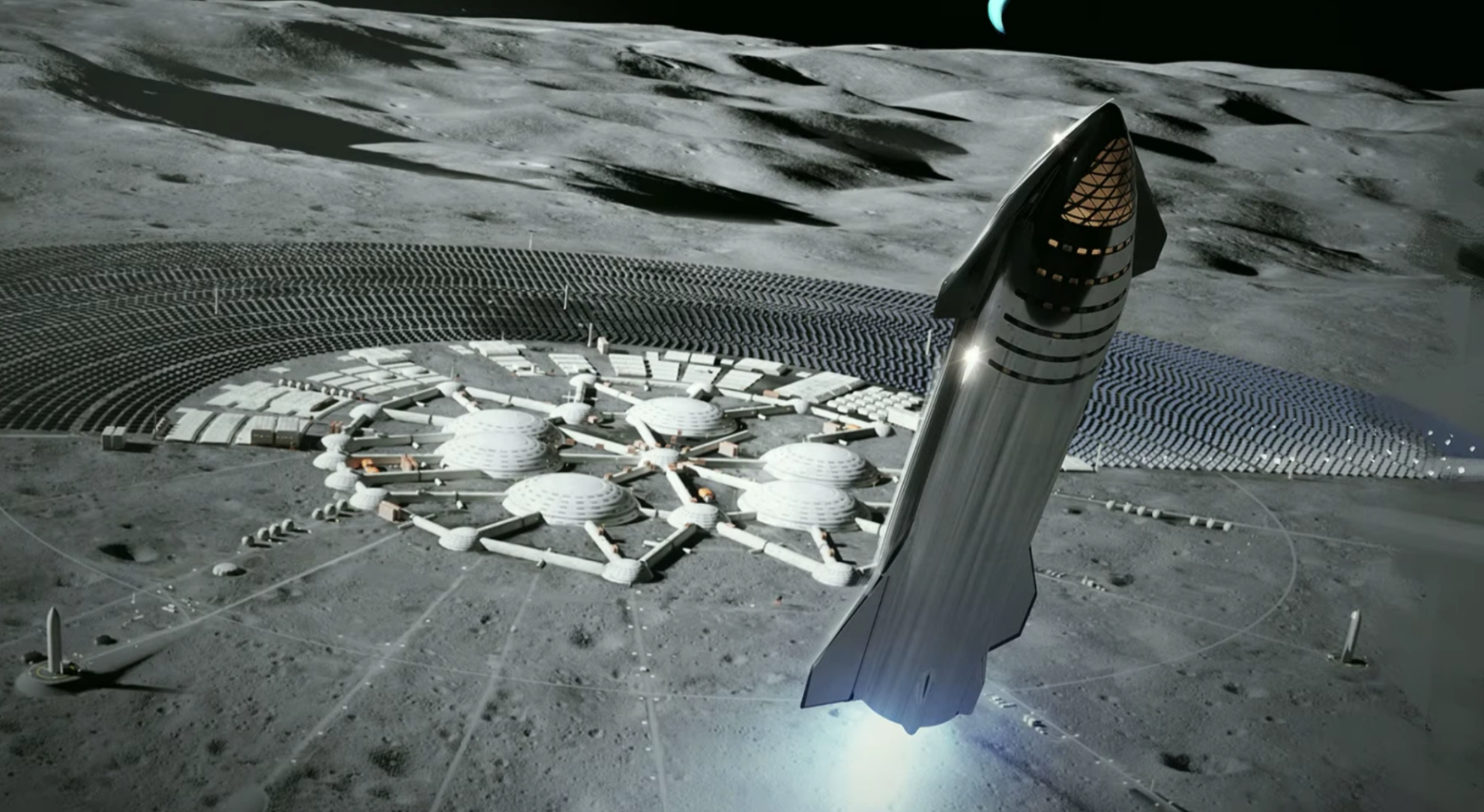
This decadence, therefore, can only be established in welfare societies, which are, in the absence of challenges, comfortable and arrogant enough to choose the wrong path and to opt for the second holiday on the Bahamas in the same year instead of trips to the moon (and here we are talking about the middle class of the USA in the seventies and the eighties). The last “great” era of the West replacing true innovation and progress with unlimited consumption and the complete erosion of values is connected to its last great challenge, however, with the end of the cold war, it was left without goals and is, together with the Pacific region that has joined it, marking time today. In his book, Douthat outlines four symptoms of the decadent society: stagnation (technological and economic mediocrity), sterility (dropping birth rates), rigor (institutional paralysis) and repetition (cultural exhaustion).
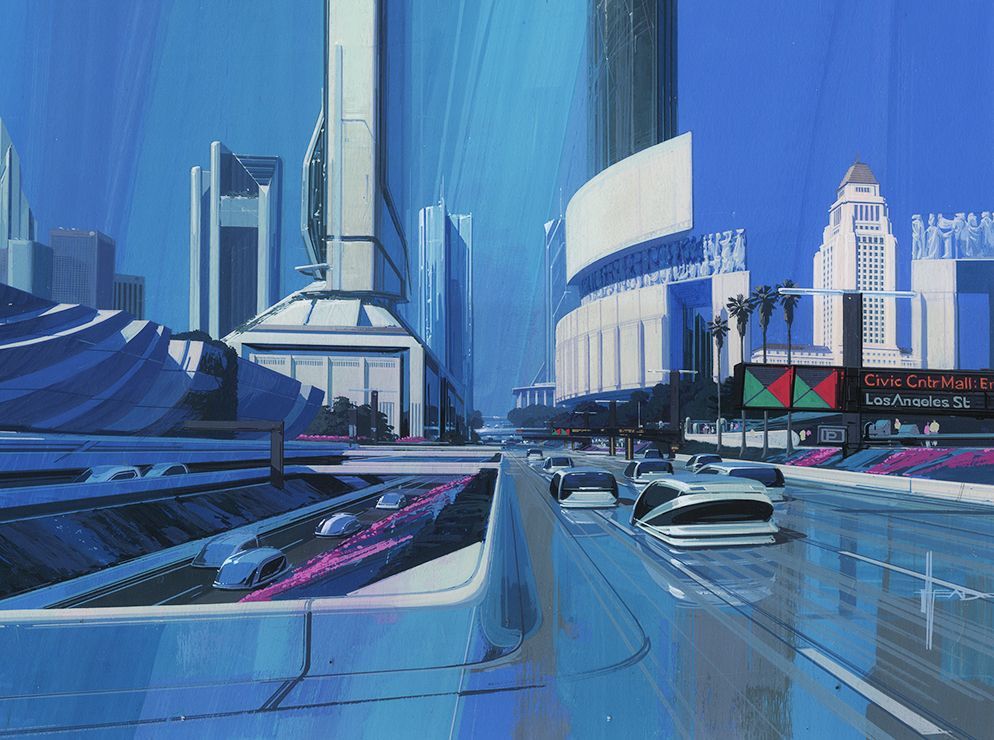
We must find existing challenges and tasks in the near future, this is what the call of the European Commission urges us to do, too – it looked for solutions that can be quickly put into place to combat coronavirus, and it provides resources in the amount of no less than 164 million euros. A true challenge requires true innovation. Since World War II, the Western world has rarely been exposed to challenges and prolonged crises like this. Up until now.
According to the views of Li Edelkoort shared by several media outlets, the global economy will fall into an unprecedented recession as a result of the virus, and the old system will have to be replaced by a completely new one upon its “rebirth.”
“It seems we are massively entering a quarantine of consumption where we will learn how to be happy just with a simple dress, rediscovering old favorites we own, reading a forgotten book and cooking up a storm to make life beautiful”
She believes that the economic breakdown caused by the epidemic will have a beneficial impact on the environment, too. With all due respect, I would still handle this commentary picked up quickly by the media with some caution. The assessment of the situation is correct, but the conclusions are quite naive.
Although the fact how much more cautious the generation that was young when the 2008 crisis hit (millennials) is with taking out loans and how much more insecure they feel from a financial perspective than the elderly has some obvious signs, but I would still say that in the short run, at the end of the crisis, everything will be picked up from where it was left off. The change, such as the transformation of global supply chains will only be palpable in the medium term, and it is not likely at all that they will follow the directions outlined by Li Edelkoort.
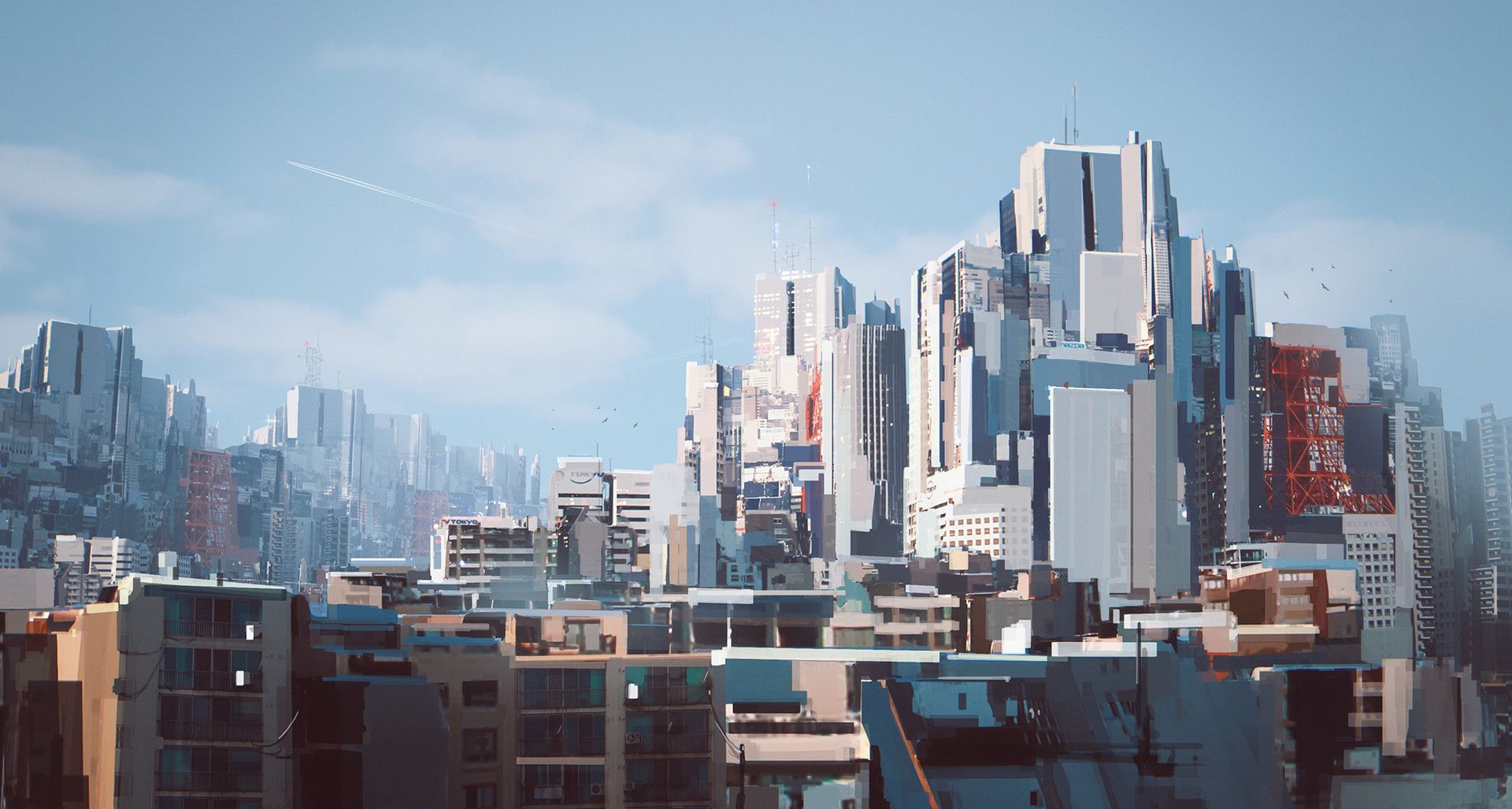
Don’t be misled by dropping rates of consumption and the concomitant reduction of emissions. Or by isolation, either. Some time in the near future, the suffering and panic caused by the coronavirus will come to an end, and we’ll continue down on our regular path. All signs of the pandemic will most probably fade away from our everydays as if it never happened. We won’t travel or go out less, we’ll keep on buying phones, and sooner or later everyone will have a job. And there is nothing wrong with that. At the same time, it would be good if we understood that challenges like this can come at any time, and to that end we must return to innovation, brave and progressive experiments, investments and risk taking (both on an individual and community level) with which we can solve relevant problems.
We will have a lot to rethink after the crisis, for sure: our cities, hospitals, travels, physical interactions, communication, workplaces and countless other things. The task is loud and clear.
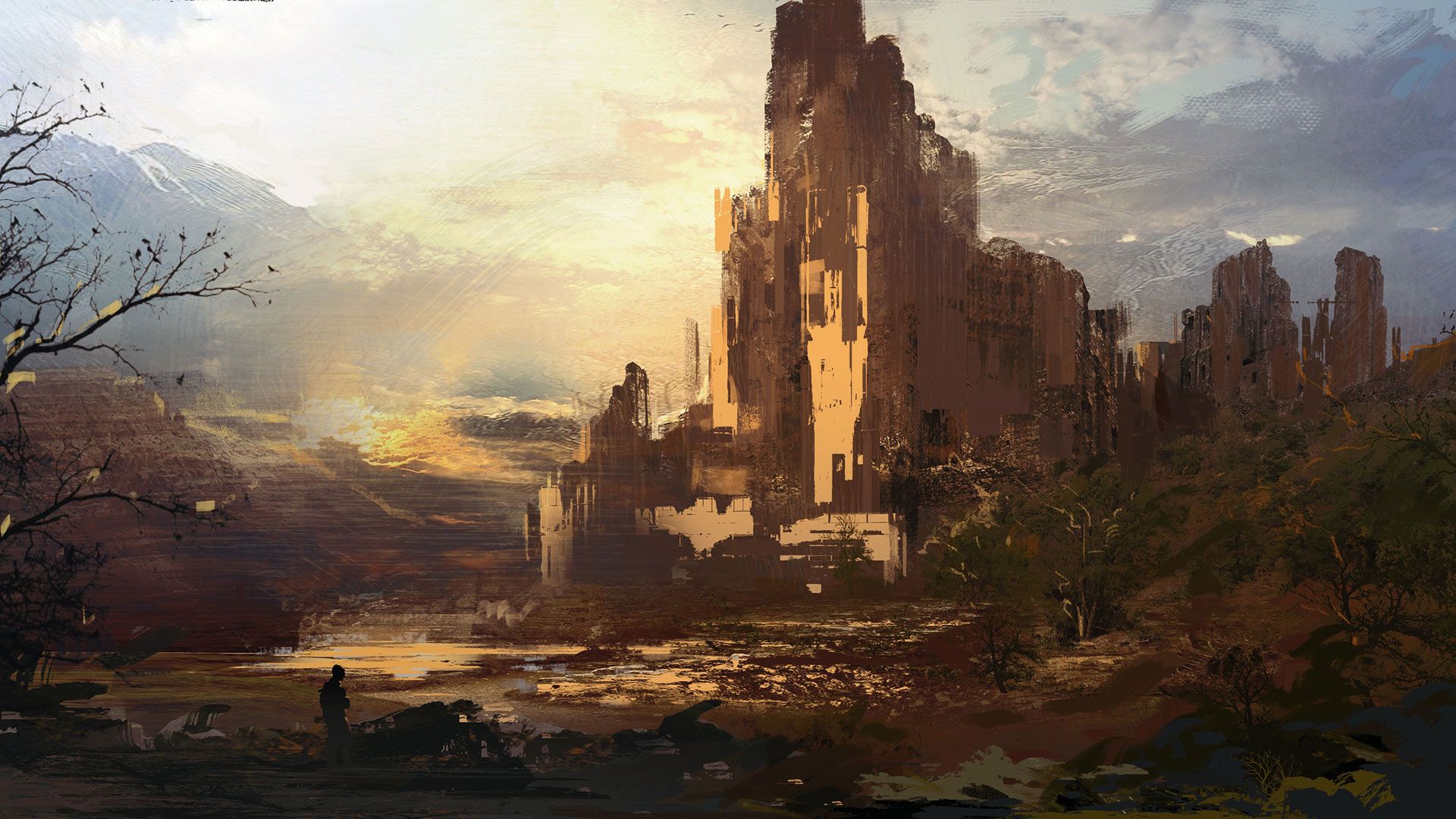
“Knowing how to transform a difficulty into an opportunity is a necessary talent for any designer of today and tomorrow.” (Riccardo Balbo, the academic director of Istituto Europeo di Design (IED))

“Sneaker culture will always have a place” | Interview with Laura Papp

art + design | The call of the East










